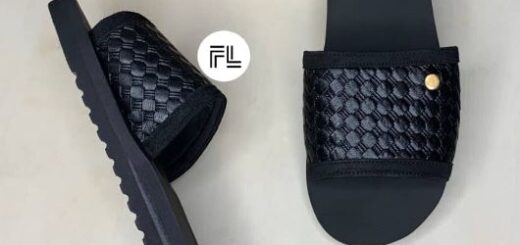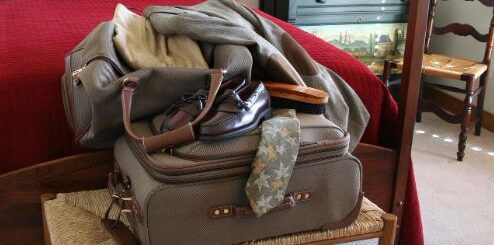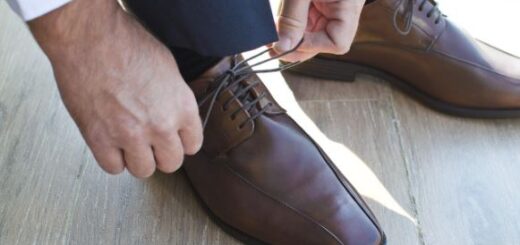Common Misconceptions About Breaking in New Shoes
When it comes to breaking in new shoes, advice is plentiful but not always accurate. Many popular suggestions circulating are either outdated or completely ineffective. In this article, we will explore some of the most widespread myths and why they should be reconsidered for the sake of both your footwear and your comfort.
The Myth of Wet Socks
One widespread method involves putting on soaked socks before wearing new shoes. This approach is based on the idea that the wet socks will help the shoes mold more quickly to the shape of your feet. While this trick was sometimes used for sports footwear like skates or cleats in the past, applying it to dress shoes or other leather footwear is problematic. Water can stress the material, potentially weakening the shoe’s structure prematurely. More importantly, wet socks can create unnecessary discomfort and even lead to blisters or other foot issues. A far better strategy is to break in shoes gradually and patiently, allowing them to conform naturally without forcing the process.
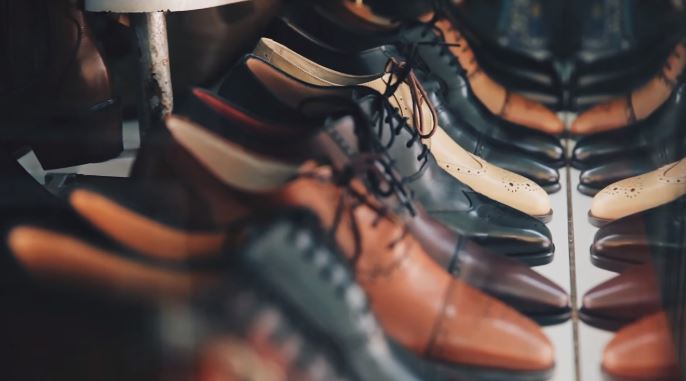
The Dangerous Practice of Going Sockless
Another misguided tip is to wear new shoes without socks to hasten the break-in period. It is unclear what the supposed advantage of this method is—presumably, it relies on having a direct foot-to-shoe contact to shape the leather faster. In reality, however, wearing shoes without socks not only risks painful chafing and blisters but also exposes your feet to sweat accumulation, which can damage the shoe lining and cause odor issues. This technique offers no real benefit and is much harsher on both your footwear and your feet than necessary.
Misunderstandings About Suede Stretching
There is a common belief that suede footwear stretches more than shoes made from standard leather, and therefore should fit tighter at first. While suede does have a softer feel compared to smooth leather, this does not mean it behaves dramatically differently when it comes to stretching. In cases where shoes are made from thinner, split suede and lined with lighter materials, you might notice a bit more give. However, if the suede is combined with thicker leather linings or is a full reverse calf construction, the break-in characteristics will be much closer to those of smooth leather shoes. Feeling softer underfoot does not necessarily mean the shoe will stretch significantly more, so purchasing suede shoes that are uncomfortably tight with the expectation that they will loosen up can lead to disappointment.
The Truth About Heel Slippage
Experiencing a bit of heel slippage when trying on new shoes often raises concerns. Many people quickly advise steering clear of any pair where the heel doesn’t feel perfectly secure, fearing it will only get worse over time. However, this is not always accurate. Whether heel slippage improves or worsens depends largely on its cause. In quality leather shoes, the heel area often includes stiffeners made from leather board or even genuine leather. These materials do not stretch in the traditional sense but instead gradually shape to your foot with wear, enhancing the fit over time. Additionally, as new shoes soften and flex more easily—especially the sole at the ball of the foot—your heel can settle more naturally into place. In some cases, what starts as a slight lift at the heel may disappear completely after the shoes have been properly worn in.
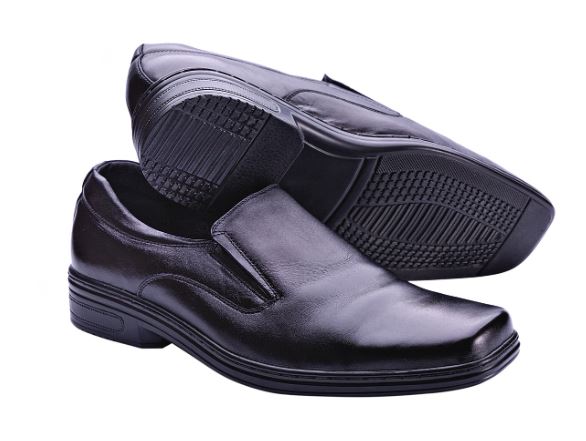
The Importance of a Proper Break-in Process
Breaking in shoes correctly should be a gentle, incremental process. Rushing it by using extreme methods like wet socks or going sockless only increases the risk of damaging your shoes or injuring your feet. Instead, it is best to wear the shoes for short periods initially, allowing them to adjust gradually to the natural movements of your foot. Using thick socks can offer some cushioning during the first few wears if needed, and shoe stretchers can provide a controlled way to ease tight spots without stressing the materials.
Conclusion: Trust the Natural Fit
Ultimately, the best way to ensure your new shoes fit comfortably is to select the right size and shape from the start. If a pair feels too tight or causes significant discomfort out of the box, it is unlikely that even the best break-in methods will make them truly comfortable. Being patient with your footwear pays off; by allowing shoes to mold to your feet through normal, gentle use, you will enjoy a much better fit and prolong the life of your investment. Ignore the shortcuts and trust the natural break-in process—it’s the healthiest choice for both your shoes and your feet.
Frequently Asked Questions
Why is using wet socks to break in shoes a bad idea?
Wearing wet socks can stress the shoe’s materials and cause unnecessary discomfort to your feet without offering a real advantage over a slower, natural break-in.
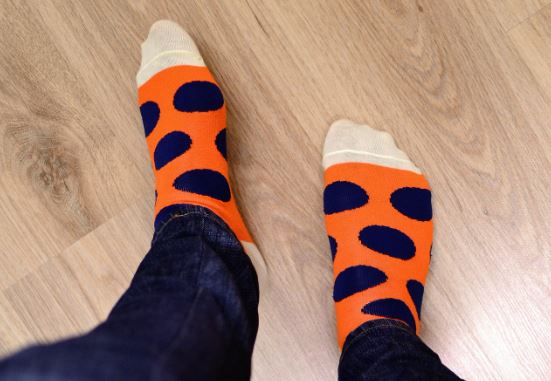
Does going sockless help shoes break in faster?
No, going without socks only increases the risk of blisters, foot odor, and shoe damage without significantly improving the break-in process.
Does suede stretch more than regular leather?
Not necessarily; while suede feels softer, its stretching ability depends on the construction and lining materials rather than the suede itself.
Should suede shoes fit tighter when new?
It’s risky to buy suede shoes that feel too tight, as they may not stretch as much as expected and could remain uncomfortable.
What causes heel slippage in new shoes?
Heel slippage often happens because the leather stiffeners in the heel have not yet molded to the foot, not necessarily because the shoe is too loose.
Does heel slippage always get worse over time?
No, in many cases heel slippage improves as the shoe’s structure softens and conforms better to the foot with regular wear.
Is it safe to use extreme methods to speed up breaking in shoes?
No, extreme methods like soaking or wearing shoes sockless can damage both the shoes and your feet, making the break-in more painful and less effective.
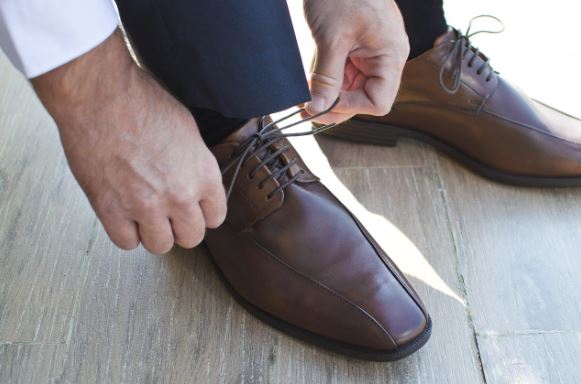
What is the safest way to break in new shoes?
The safest method is wearing the shoes for short periods at first, allowing them to naturally conform to your feet over time.
Can using thick socks help during the break-in?
Yes, thick socks can provide extra padding and protect your feet during the initial wears, helping to ease tight spots.
Are shoe stretchers a good alternative for breaking in shoes?
Yes, shoe stretchers can gently adjust specific tight areas without risking major damage to the shoe’s structure.
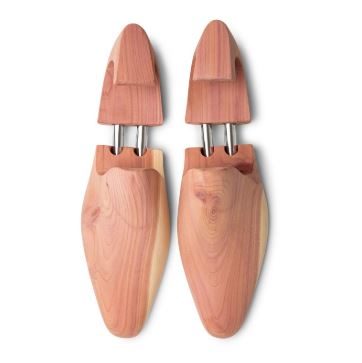
How can you tell if a shoe will break in properly?
If a shoe feels snug but not painfully tight when new, and there’s no severe discomfort, it will likely break in comfortably with time.
What is the key to a successful break-in process?
Patience and gradual wear are essential—allow the shoes to adapt to your feet naturally rather than forcing or rushing the process.

